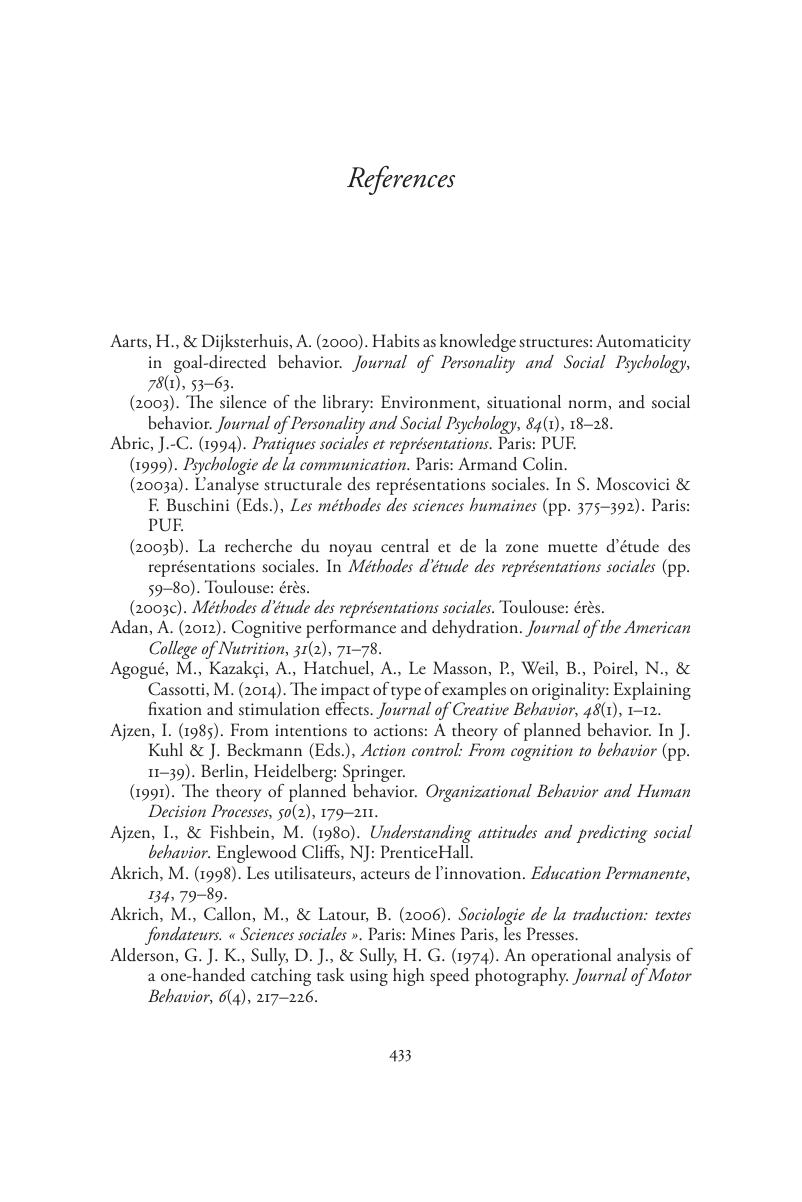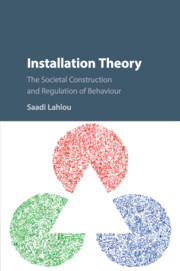Book contents
- Installation Theory
- Installation Theory
- Copyright page
- Dedication
- Contents
- Figures
- Plates
- Foreword
- Acknowledgements
- Introduction
- Chapter 1 Installation
- Chapter 2 The Problem of Human Action and the Problem of Social Regulation
- Chapter 3 Theoretical Frameworks Grounding Installation Theory
- Chapter 4 The Structure of Installations
- Chapter 5 Endurance of Installations
- Chapter 6 Selection Mechanisms in Societal Evolution
- Chapter 7 The Evolution of Installations
- Chapter 8 Redesigning Installations to Change Behaviour
- Chapter 9 Conclusion
- Glossary
- References
- Index
- References
References
Published online by Cambridge University Press: 28 December 2017
- Installation Theory
- Installation Theory
- Copyright page
- Dedication
- Contents
- Figures
- Plates
- Foreword
- Acknowledgements
- Introduction
- Chapter 1 Installation
- Chapter 2 The Problem of Human Action and the Problem of Social Regulation
- Chapter 3 Theoretical Frameworks Grounding Installation Theory
- Chapter 4 The Structure of Installations
- Chapter 5 Endurance of Installations
- Chapter 6 Selection Mechanisms in Societal Evolution
- Chapter 7 The Evolution of Installations
- Chapter 8 Redesigning Installations to Change Behaviour
- Chapter 9 Conclusion
- Glossary
- References
- Index
- References
Summary

- Type
- Chapter
- Information
- Installation TheoryThe Societal Construction and Regulation of Behaviour, pp. 433 - 474Publisher: Cambridge University PressPrint publication year: 2018

